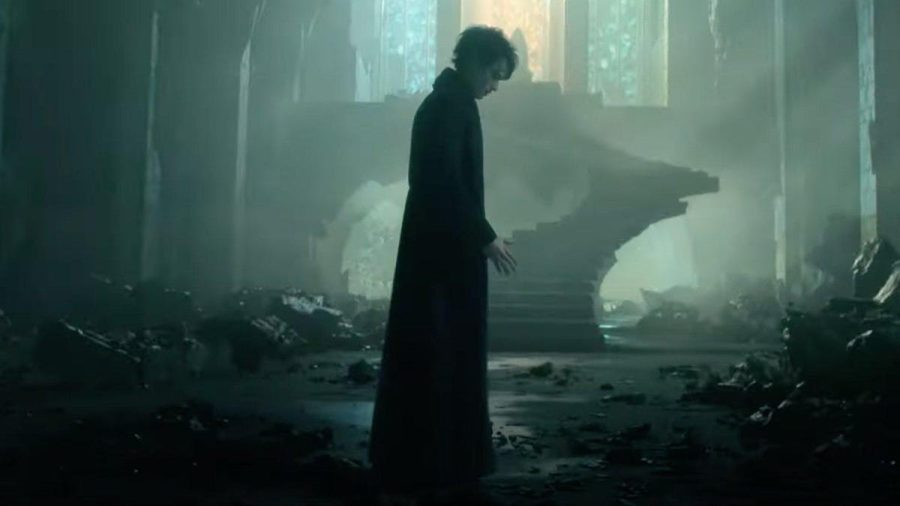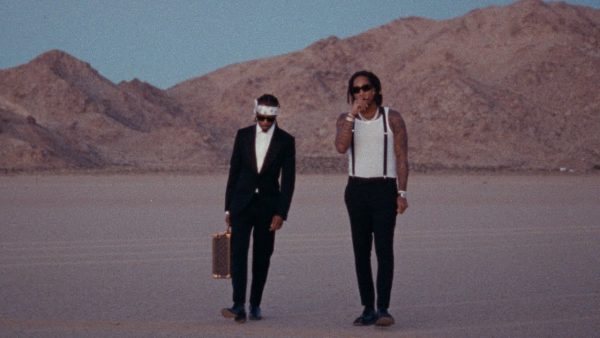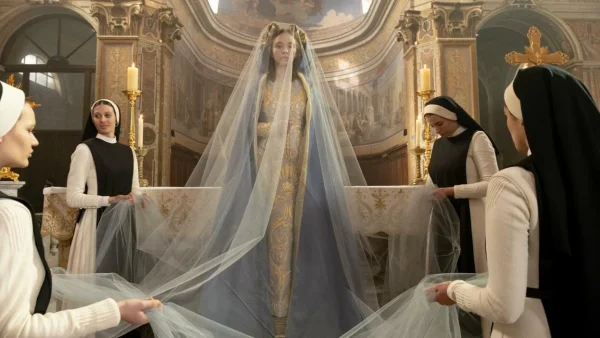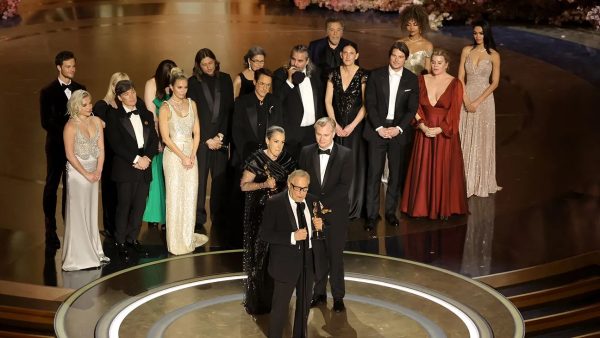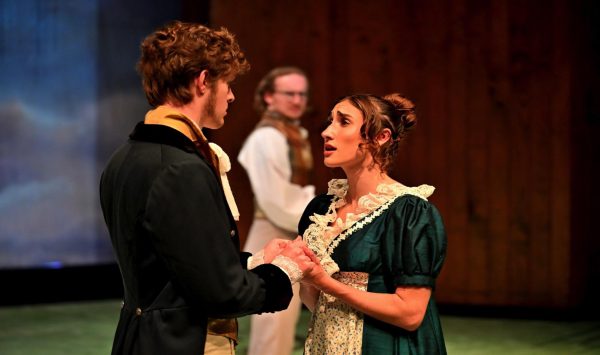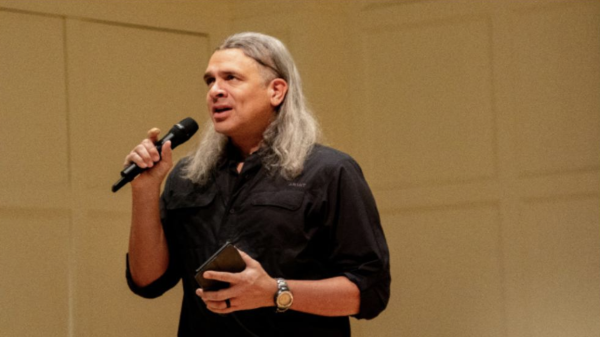‘The Sandman’ disappoints
The comic-to-show adaptation leaves much to be desired in its lack of originality
August 24, 2022
On Aug. 5, Netflix released its television adaptation of the award-winning comic book series, “The Sandman”. The show shot to the No. 1 most-streamed title on the platform. Currently, “The Sandman” remains the second-most-streamed show — nearly three weeks after its release. The story follows the Sandman, also known as Morpheus, who is the god of dreams, as he travels throughout the human realm to cease the chaos that began while he was imprisoned for 100 years.
The comic series creator, Neil Gaiman, played an instrumental role in the show’s crew as a writer and executive producer, assuring that the series remained true to his original vision. The first season of the show consists of ten episodes, each representing the first ten issues of the comic, respectively.
I am a big advocate for the comics, so my expectations for the show were high. I did not expect to have such a difficult viewing experience. In fact, I struggled to enjoy the Netflix series so much that I only watched the first five episodes — and I played episodes three, four and five at 1.5x speed. The plot was so slow that I felt as if I needed it to progress faster, and I still felt dragged along against my will.
Additionally, very little of the show’s plot deviates from the comics, which puts a noticeable constraint on its ability to flourish in a different medium. Placing the narrative arc of the show in the fragmented style of the comic appears freeing in theory but ultimately places the story’s execution in shambles. Maintaining the integrity of the comic by recreating its scenes with little room for excursions cost the show in its degree of creativity.
Each character is flattened in this storytelling approach, which would be acceptable if the audience was meant to only view the characters as pawns to demonstrate story concepts — like in the fourth episode, “A Hope In Hell”. Minor characters are introduced to exemplify the consequences of Morpheus’ magic in the hands of the enemy, which serves this episode well. However, in the context of the show’s secondary characters, the audience is forced into a distant relationship without any emotional connection.
Unfortunately, this bleeds into Morpheus’ character, as well. The show’s narrative stretches itself too thin, causing wear and tear on an already weak viewer relationship with the Sandman due to his helplessness in the pilot episode.
The worst part of the Sandman’s character is not his flatness but the show’s stripping of his mystifying qualities. Since TV shows are incapable of achieving the same undertakings as books — because nothing is imagined but rather pictured before the viewer — Netflix’s adaptation was unsuccessful in formulating Morpheus as an incomprehensible figure. The Sandman appeared to be a man just like any other in the show, and this idea was reinforced by his seeming inability to control even small amounts of chaos. Morpheus not only looked like a human being but felt like a human being, which is unacceptable when he is supposed to be a god — even if he has limits on his powers.
Overall, the show would have benefitted if it deviated from the comics. A series of plot events crafted for the television adaptation with more focus and an emphasis on character dimension would have formed a faster pace. Hopefully, if season two is created, it will find its rhythm as both its own creation while retaining the pull of the comic.


